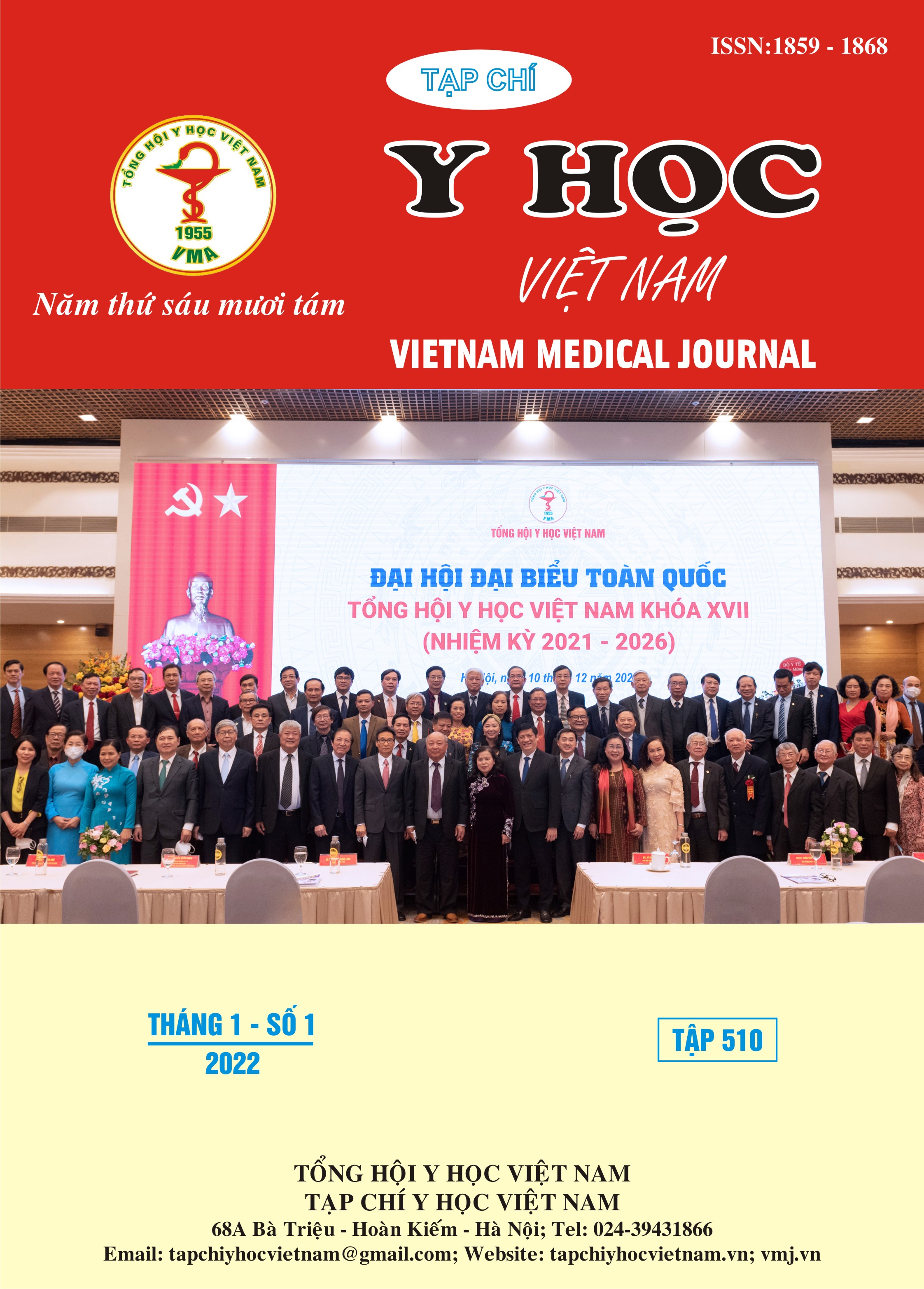CONTRUCT A FORECAST MODEL OF TREATMENT COST FOR HEART FAILURE BASED ON VIETNAMESE HEALTH INSURANCE PAYMENT DATA IN 2017 – 2018 PERIOD
Main Article Content
Abstract
Currently, heart failure is a major growing health and economic problem worldwide. Treatment cost of heart failure has been analyzed in a number of countries in the world, however where there are no studies predicting duration of treatment failure. Analysis of direct medical costs (CP) during treatment on a sample of 111,926 heart failure patients based on data of Vietnam Social Security in the period 2017 - 2018, the study noted with the middle age 69.71 ± 15.18; the male: female ratio is 1: 1.30; average number of days in hospital 11.99 ± 13.64 days, factors related to total cost include using technical algorithm, patient age, male gender, number of days value, level up , library of the content, have a small path, extructs. The multivariable computational regression model showing the aggregate relationship of factors related to the total time to adjust the value was built with adjusted R2 of 0.574 (p < 0.05) and has the following form :
LN (Direct medical costs) = 14.503 + 0.557 * Surgical procedures + 0.001 * age + 0.053 * male + 0.045 * Number of treatment days + 0.095 * emergency + 0.067 * Hospitalization + 0.051 * Diabetes + 0.104 * Outpatient visits
Article Details
Keywords
Heart failure, treatment costs, Vietnam Social Insurance
References
2. Lesyuk W., et al. (2018), “Cost-of-illness studies in heart failure: a systematic review 2004-2016”, BMC Cardiovasc Disord, 18(1), pp. 74.
3. Virani S. S., et al. (2020), “American Heart Association Council on Epidemiology and Prevention Statistics Committee and Stroke Statistics Subcommittee”, Heart Disease and Stroke Statistics-2020 Update: A Report From the American Heart Association. Circulation, 141(9), pp. e139-e596
4. Mozaffarian D. et al. (2016), "Heart disease and Stroke Statistics-2016 Update: A Report From the American Heart Association", Circulation. 133 (4), pp. e38-360.
5. Cook C., et al. (2014), “The annual global economic burden of heart failure”, Int J Cardiol, 171(3), pp. 368–376, doi: 10.1016/j.ijcard.2013.12.028.
6. Nguyễn Thị Thu Thủy, Trần Cát Đông, Trần Tiến Hưng. (2020)’ “Phân tích chi phí trực tiếp y tế trong điều trị mỗi ca nhập viện do suy tim từ dữ liệu thanh toán bảo hiểm y tế việt nam năm 2017-2018”, Tạp chí Y học Việt Nam, vol. 06/2020, no. 1, pp. 93-99.
7. Nguyễn Thành Tuyên, Võ Thị Xuân Hoa (2012). Khảo sát đặc điểm người bệnh suy tim cấp, Bệnh Viện Tim Mạch An Giang.
8. Đỗ Thị Nam Phương, Nguyễn Anh Duy Tùng (2019). Khảo sát các yếu tố tiên lượng tử vong trên bệnh nhân suy tim phân suất tống máu giảm nhập viện tại Viện tim TP.HCM, Tạp chí chuyên đề tim mạnh học của Hội Tim Mạch TP. HCM.
9. Reyes E. B., et al. (2016), “Heart failure across Asia: same healthcare burden but differences in organization of care”, Int. J. Cardiol, 223, pp. 163–167.
10. Bộ Y tế (2017), Quyết định số 6061/QĐ-BYT ngày 29/12/2017. Về việc ban hành “Bộ mã danh mục dùng chung áp dụng trong khám bệnh, chữa bệnh và thanh toán bảo hiểm y tế” (phiên bản số 5).
11. Hội Tim Mạch Học Việt Nam (2015), Khuyến cáo của hội tim mạch quốc gia Việt Nam về “Chẩn đoán và điều trị suy tim: cập nhật 2015”.
12. Lesyuk W., et al. (2018), “Cost-of-illness studies in heart failure: a systematic review 2004-2016”, BMC Cardiovasc Disord, 18(1), pp. 74.
13. Ponikowski P., et al. (2014), “Heart failure: preventing disease and death worldwide”, ESC Heart Fail, 1(1), pp. 4-25.


